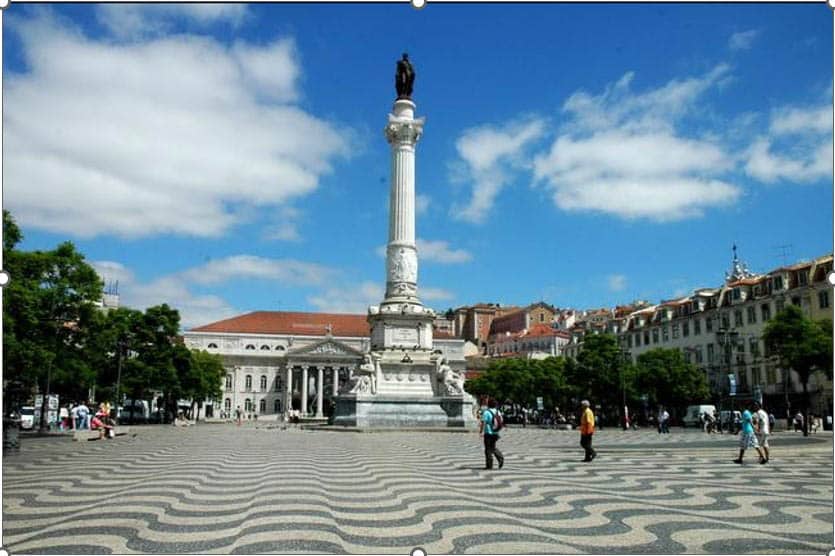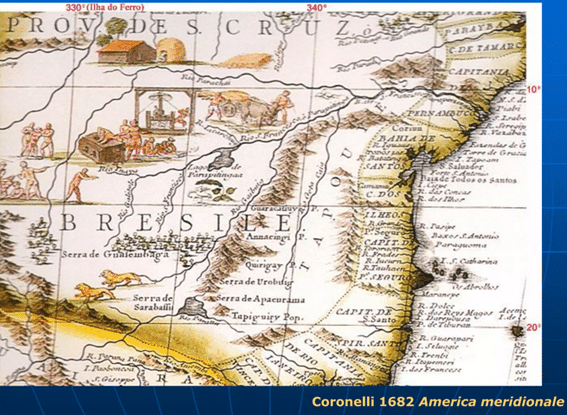Ethiopia. The Land of Prester John
A somewhat similar case to the one of Japan happened in Ethiopia, where the first Portuguese, Pêro da Covilhã, arrived 1492, 1493 or early 1494.[1] He and a fellow traveller had been sent by King John II overland to find out more about The Indies and the Land of Prester (Presbyter) John. He, and a few other Europeans, were kept from leaving the country, but during his stay he became an esteemed counseler of the emperor’s court for a large but uncertain number of years. The Portuguese embassy, which delved in Ethiopia for an estimated 5 years under Rodrigo de Lima, met him there around 1520.[2]
[1] Elaine Sanceau “Em demanda do Preste João”, Livraria Civilização, 1944 (Original: “Portugal in Quest of Prester John”, 1943) . Most of the information used in this section derives from this and following other books: Pedro Mota Curto “História dos portugueses na Etiópia (1490-1640)”, Campo das Letras, Porto, 2008 and J.J. Hespeler-Boultbee “A Story in Stones. Portugal’s influence on Culture and Architecture in the Highlands of Ethiopia 1493-1634”, CCB Publishing, British Columbia, 2011
[2] Francisco Alvares “Narrative of the Portuguese embassy to Abyssinia during the years 1520-1527” (Translated from the Portuguese, and edited with notes and an introduction by Lord Stanley of Alderley), printed for the Hakluyt Society, London, 2001 (1881) (Diary of a ca. 900Km itinerary of Portuguese ambassador Rodrigo de Lima to meet Priester John, the then ruler of Christian Abyssinia/Ethiopia).
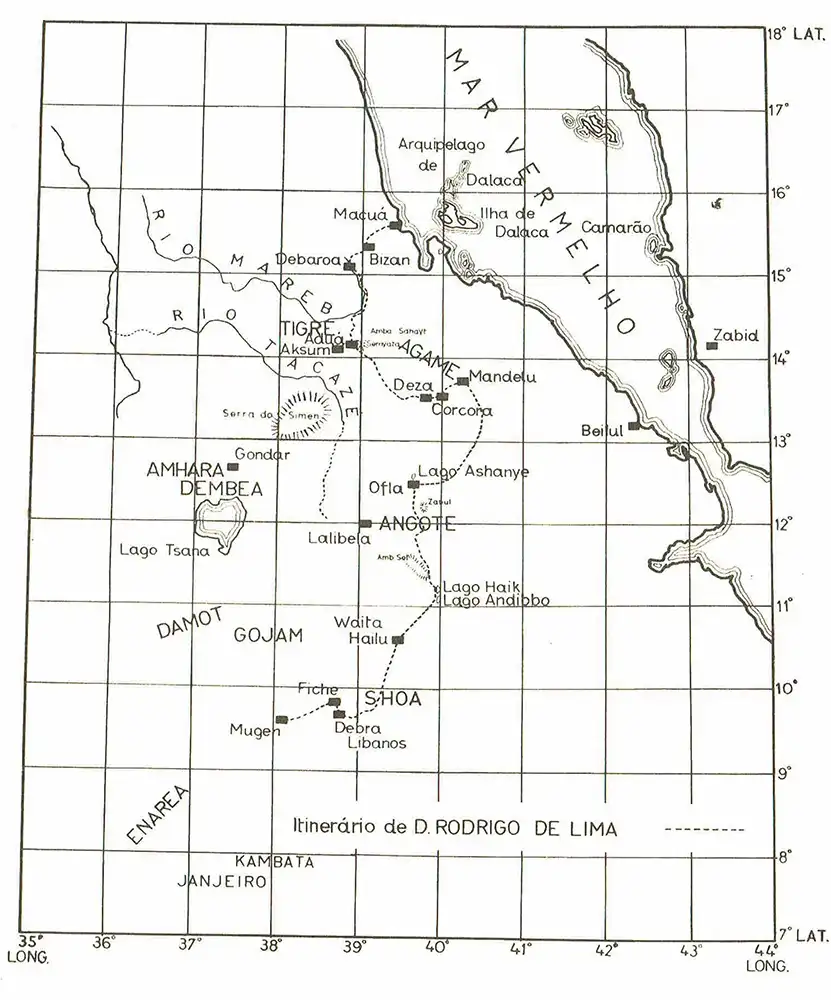
Circa 1542 a Portuguese expedition of around 400 men under the command of Cristóvão da Gama, son of Vasco da Gama, assisted the Christian Ethiopian emperor in defeating the Muslim forces under Ahmad Grag’n, which were ransacking the kingdom and endangering the dinasty. This happened after Dawitt II, the Christian king of Ethiopia had been killed fighting in 1540. According to Roger Crowley, “it was a heroic expedition of 400 Portuguese volunteers that saved Christian Ethiopia.[1]
At its peak around 6,000 Portuguese would have settled in the Ethipian Highlands, mostly around Lake Tana and Gondar.[2]
The similarity between the fate of the Portuguese in Ethiopia and Japan would reside in both demises having resulted from the fanatic implementation of the Christian, in this case Catholic faith and allegiance, mostly by the Jesuits. They have persuaded the Ethiopian emperor Sussenyos to submit to the authority of Rome in 1626, which was met with deep distaste and fierce opposition by most Ortodox Ethiopians. Sussenyos retracted 1632 and died soon after, but the damage was done and his death marks the begin of the end of Jesuits and Portuguese presence in Abissynia. They were all expelled 1634.
Little was left behind except for vestiges of buildings allegedly built under Portuguese guidance, with Indian/Armenian collaboration and local labor, in Portuguese style. (Sanceau ibidem p.363) This is the main subject of Hespeler-Boultbee’s work, who lived in Portugal for 25 years, developed masonry skills and a considerable experience restoring old buildings mostly in Portugal’s southern parts.
He equates Gondärine with Portuguese architectural style[3], even if some, like Andreu Martínez d’Alòs Moner in his review of this book, “seriously doubt that Haspeler-Boultbee has succeeded in connecting in a convincing way the Portuguese presence with the development of Ethiopian stone Architecture.”.[4] He misses “a more upfront confrontation with the historical evidence and a more structured exposition of ‘Portuguese’-related techniques and architectural patterns.”
And concludes that “a less impressionistic and more elaborate text would certainly have forced the author to provide a more coherent elucidation of the Portuguese hypothesis.” [5] Hespeler-Boultbee himself often appeals in his book to further scientific research.
Gondar castle/palace (pictured below) for instance is attributed by Pedro Dias[6] to jesuit priest from Spanish extraction Pêro Pais, who travelled to Ethiopia 1605, and died there 1622.
[1] Roger Crowley “Conquerors. How Portugal Forged the First Global Empire”, Faber & Faber, London, 2015, p.361
[2] Hespeler-Boultbee ibidem p.175
[3] Hespeler-Boultbee ibidem p.21 and 134
[4] Andreu Martínez d’Alòs Moner Aethiopica 11, 2008, p.256
[5] Ibidem, p.258
[6] “História da arte portuguesa no mundo (1415-1822). O espeço do Índico”, Círculo de Leitores, 2008 (1999), p.
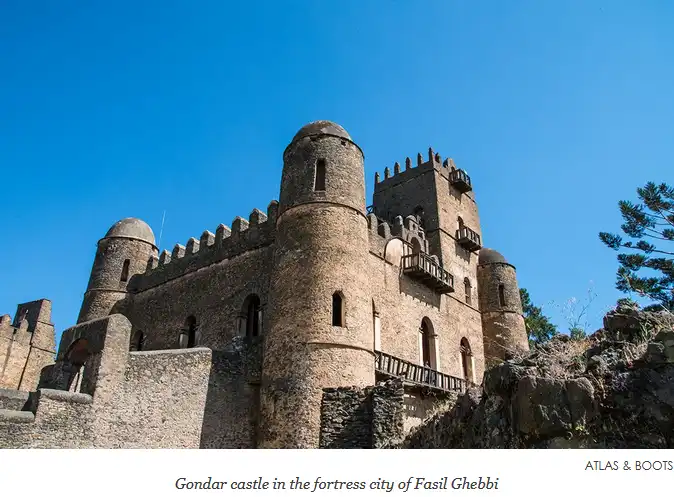
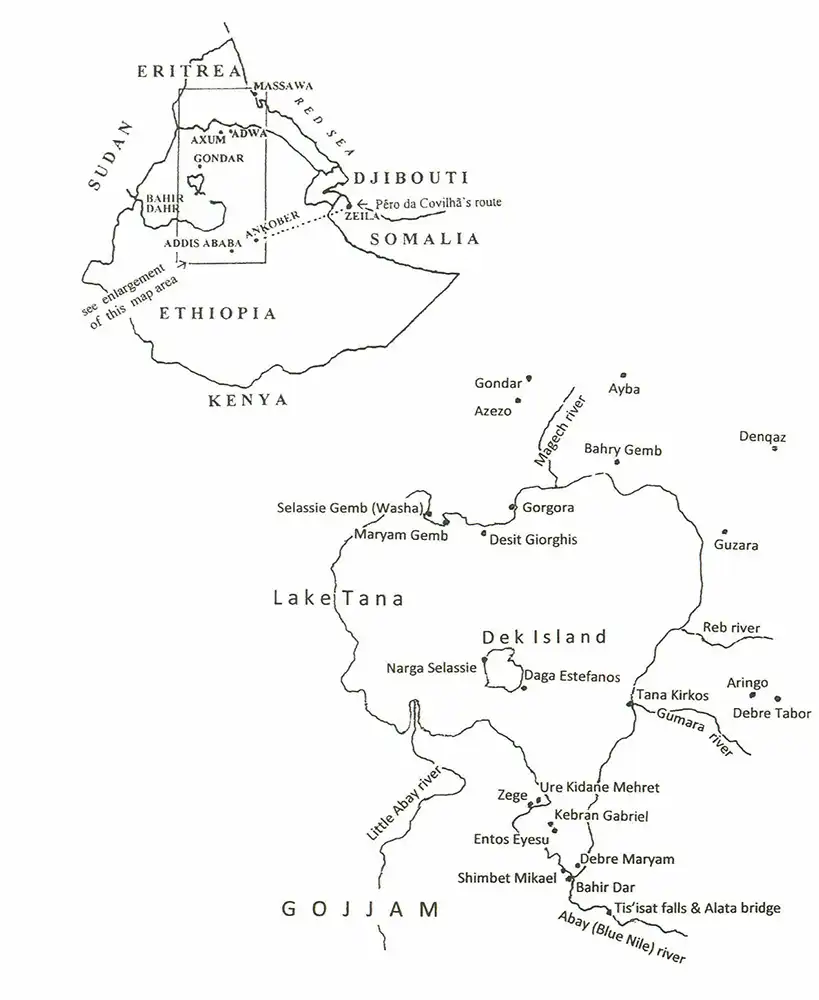
Read more: Prester Jonh

